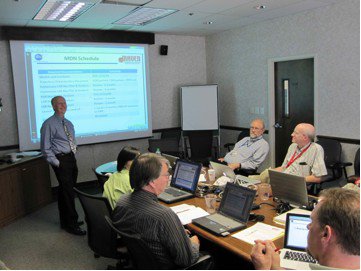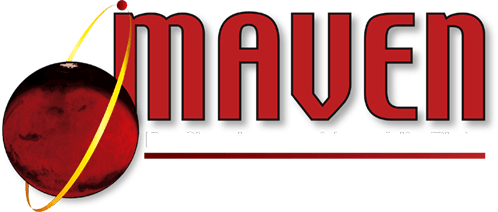
As a result of the failures, the space industry has developed a very formal way of defining requirements, ensuring that the flight hardware will meet them, and ensuring that each component will talk to the other components. As part of this process, there is a set of formal reviews during the mission development to examine each element in detail and to ensure that it will work appropriately.
The Preliminary Design Review (PDR) is a part of this, with experts looking in detail to make sure that the early design stages have gone down the right path. As implemented today, it actually consists of a series of reviews. “Peer reviews” are held, in which the designers of components have to explain the details to “subject matter experts” who have gone through this before and are familiar with these systems. Subsystem and instrument-level PDRs are held to make sure that all of the issues that were identified at the peer reviews have been addressed, and that the different components work and play well together. The flight system PDR looks at the integrated spacecraft and components. And then a mission-level PDR ensures that the entire project is on track.
All added up, this came to a total of more than 50 independent reviews for MAVEN that led up to the mission-level PDR.
The Flight System PDR just finished, and the mission-level PDR is a week away. Some of the team members have been traveling to the different institutions to participate in these reviews and have been on the road for two weeks or more. A couple of them have attended all of the different reviews! It’s been a grueling summer for the team, but the results are worth it. Some significant issues have been identified, but that’s to be expected. And identifying them now means being able to fix them while it’s relatively easy to do it, rather than late in the process when it’s both very difficult and very expensive!
We’re in the final countdown toward our next major milestone!

